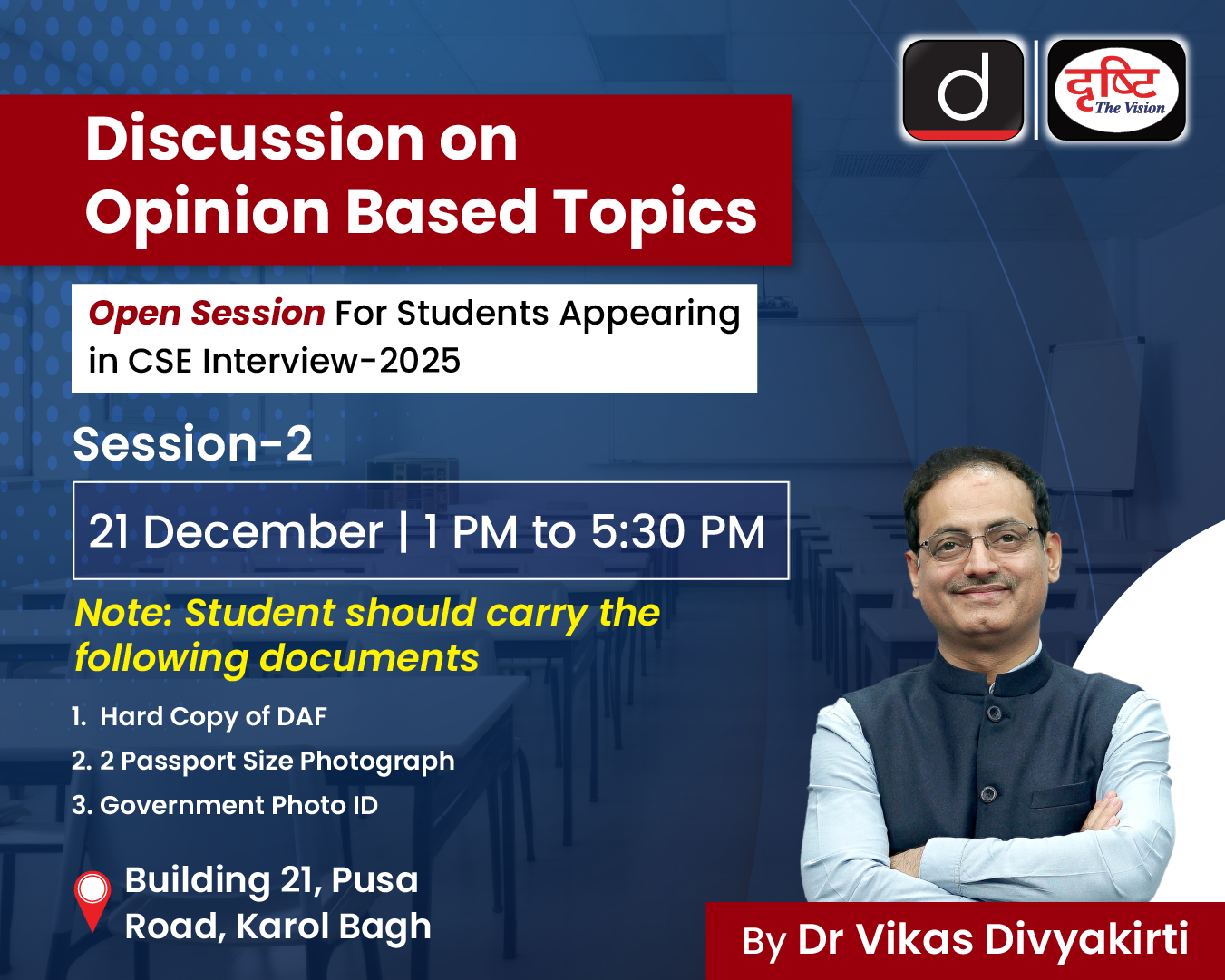-
Q.” India faces significant food wastage due to inefficiencies in the movement of produce from farms to consumers.”Examine the role of a farm-to-fork supply chain in ensuring food security and minimising post-harvest losses in India. (150 words)
24 Sep, 2025 GS Paper 3 EconomyApproach :
- Briefly introduce the issues of food wastage in India.
- Examine the role of a farm-to-fork supply chain in ensuring food security and minimising post-harvest losses in India.
- Conclude with a suitable way forward.
Introduction:
India paradoxically suffers from both food surplus and food insecurity. The Ministry of Food Processing Industries estimates annual post-harvest losses at ₹92,000 crore, with nearly 40% of fruits and vegetables wasted due to supply chain inefficiencies. In this context, the farm-to-fork supply chain—ensuring seamless connectivity from production to consumption—becomes crucial for addressing food wastage and strengthening food security.
Body :
Causes of Food Wastage in India
- Cold Chain Deficit:
- Less than 10% of perishable produce in India benefits from temperature-controlled storage or transport — a critical gap leading to substantial spoilage.
- Poor cold chain coverage particularly affects fruits, vegetables, dairy, and fish, resulting in rapid deterioration from harvest to market.
- Transport Bottlenecks:
- FAO and NABCONS studies indicate annual post-harvest losses for major crops:
- Fruits: up to 15% (guava worst affected), typical range 6–15%
- Pulses: up to 6.74%
- Cereals: up to 5.92%
- Inadequate refrigerated transport and long-haul delays expose highly perishable items to spoilage during transit.
- FAO and NABCONS studies indicate annual post-harvest losses for major crops:
- Fragmented Supply Chains:
- Multiple intermediaries and poor supply chain integration result in price markups, inefficiency, and wastage — household and retail food waste in India is estimated at 78 million tonnes per year.
- Perishable commodities lose quality and value as delays mount across fragmented supply and distribution steps.
- Price Volatility and Distress Sales:
- Perishables, notably tomatoes and onions, suffer from seasonal price swings and supply gluts.
- Farmers are often forced into distress sales due to a lack of cold storage or affordable holding options.
- Market volatility means farmers may earn far below retail market price, discouraging investments in improved post-harvest management and further exacerbating losses.
Role of Farm-to-Fork Supply Chain in Minimising Wastage
- Efficient Logistics & Cold Chain – Investments in refrigerated vans, warehouses, and cold storage reduce spoilage. Example: Amul’s dairy cooperative network.
- Direct Farmer–Consumer Linkages – Farmer Producer Organisations (FPOs) and e-NAM ensure better prices and reduce intermediaries.
- Digital Platforms – Agri-tech startups like Ninjacart connect farmers with retailers using AI-driven logistics, reducing transit losses.
- Food Processing & Value Addition – Pradhan Mantri Kisan SAMPADA Yojana and Mega Food Parks promote agro-processing to extend shelf life.
- Policy Initiatives – Reforms in APMC Acts, Operation Greens (“TOP to Total”) stabilising perishable crop prices.
- Contribution to Food Security :
- Increased food availability by reducing wastage without expanding cultivation.
- Nutritional security through better retention of perishables.
- Enhanced farmer incomes via direct market access, reducing poverty-driven food insecurity.
- Alignment with SDG 2 (Zero Hunger) and SDG 12 (Responsible Consumption).
Challenges Ahead
- High capital costs of cold chain infrastructure.
- Small landholdings limiting farmers’ bargaining power.
- Policy contradictions between APMC regulations and direct marketing models.
- Digital divide restricting farmer access to e-platforms.
Conclusion :
A robust farm-to-fork supply chain is indispensable for bridging India’s paradox of hunger amidst abundance. Strengthening FPOs, scaling up cold chain infrastructure under the Agri Infra Fund (₹1 lakh crore), and adopting global best practices like Japan’s Just-in-Time delivery model or Israel’s agri-logistics innovations are critical. As Norman Borlaug aptly stated, “You can’t build a peaceful world on empty stomachs.” India must leverage supply chain reforms to secure both farmers’ livelihoods and citizens’ nutrition.
To get PDF version, Please click on "Print PDF" button.
Print PDF





